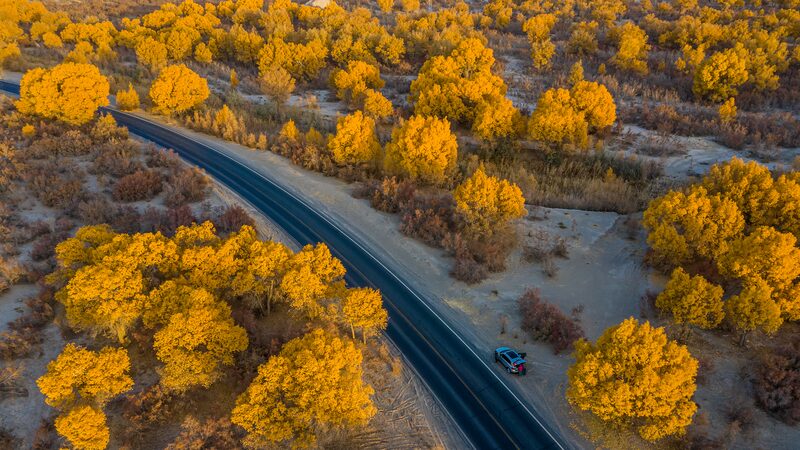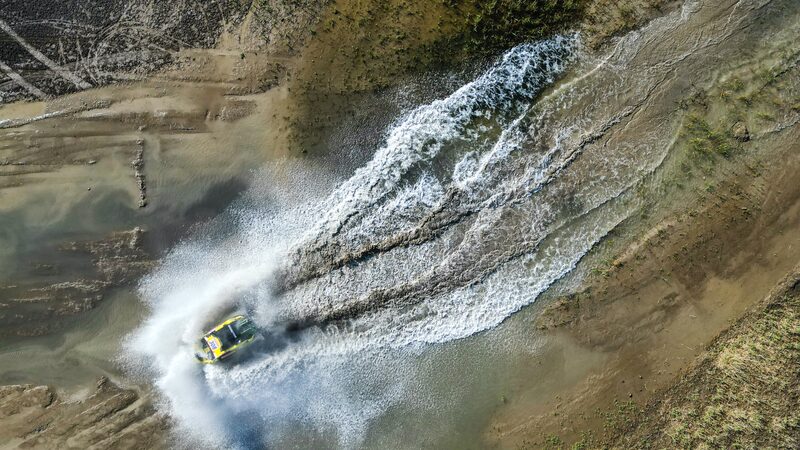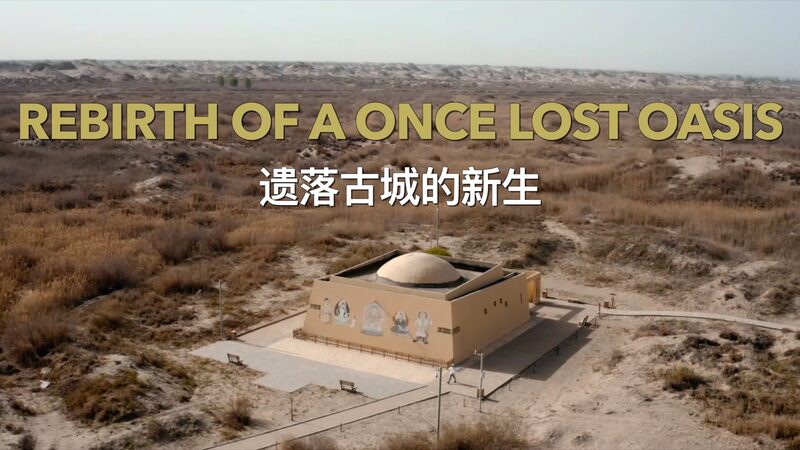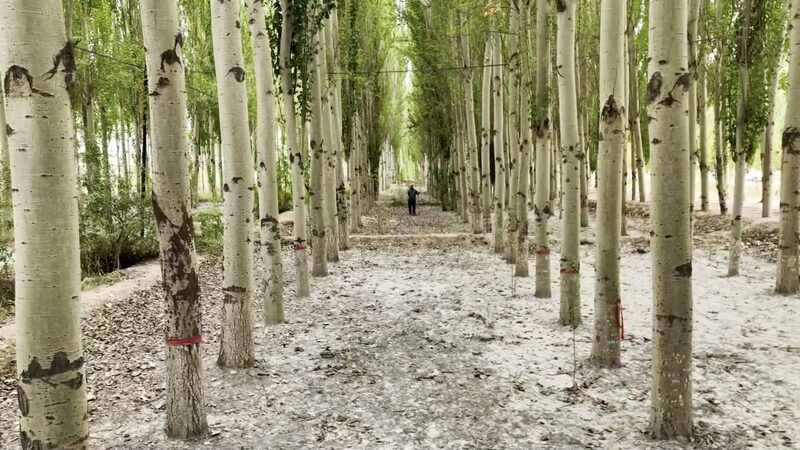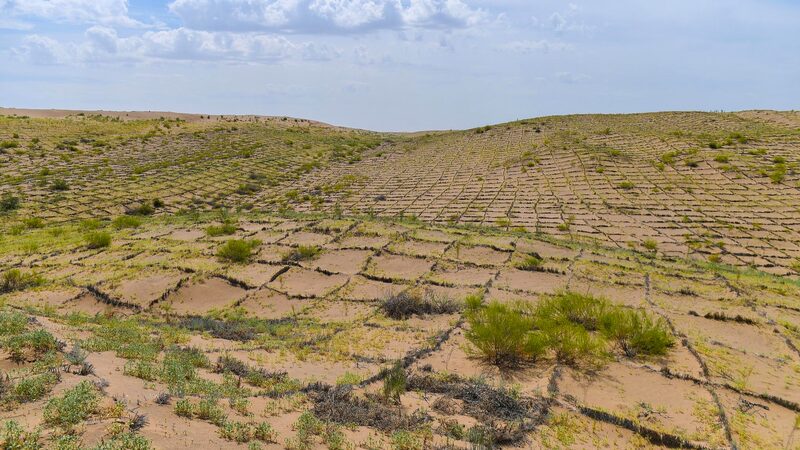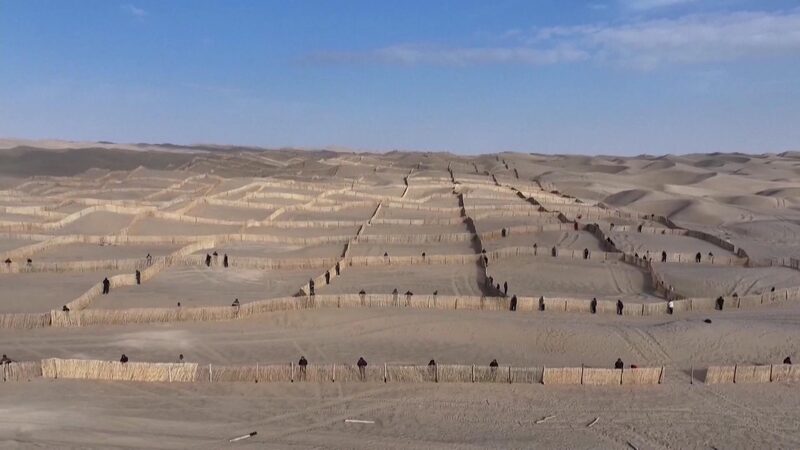In the northwest of China lies the Xinjiang Uygur Autonomous Region, an area of unparalleled natural beauty. Majestic mountain ranges, vast rivers, and fertile oases define this landscape, yet it also faces enormous ecological challenges. The Taklimakan Desert, situated in the Tarim Basin, is the largest desert in China. For centuries, its sands have eroded oases, shifting with the winds.
Controlling the sand, stabilizing it, maintaining soil stability, and preventing the spread of sand are some of Xinjiang’s biggest ecological challenges. The people of Xinjiang are determined to combat these issues, weaving what they call a “green scarf” to protect their homeland.
Communities across Xinjiang are uniting in efforts to combat desertification. Through determination and innovation, they are creating green belts—vegetation barriers—that act like a “green scarf,” wrapping around the edges of the desert to prevent its encroachment.
The battle against the shifting sands is not just an environmental necessity but also a means to preserve the way of life for the residents of Xinjiang. By stabilizing the soil and inhibiting the desert’s advance, they aim to protect their fertile oases and sustain their agricultural practices.
The challenge is immense, but the spirit of the people is unwavering. Their efforts demonstrate a commitment to environmental stewardship and showcase how communities can unite to address ecological concerns.
Reference(s):
Battle in the sea of sand: Weaving a "green scarf" for Xinjiang
cgtn.com
